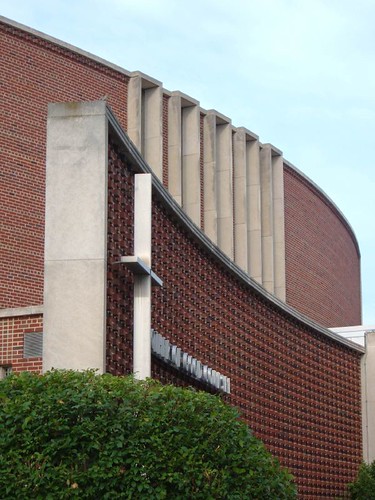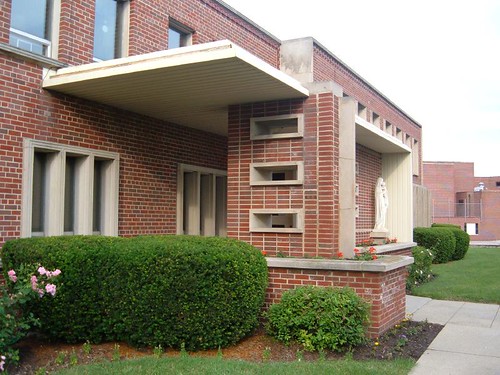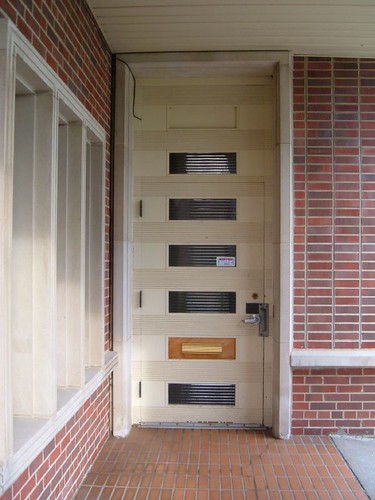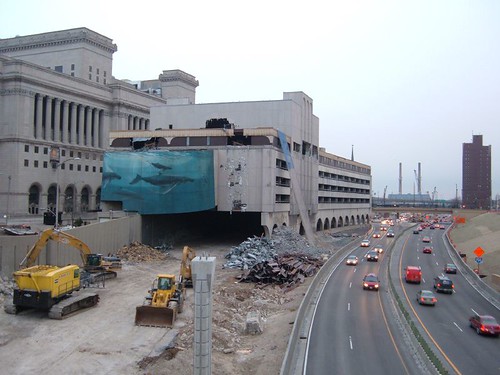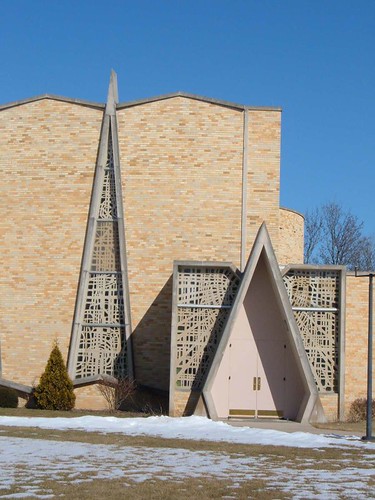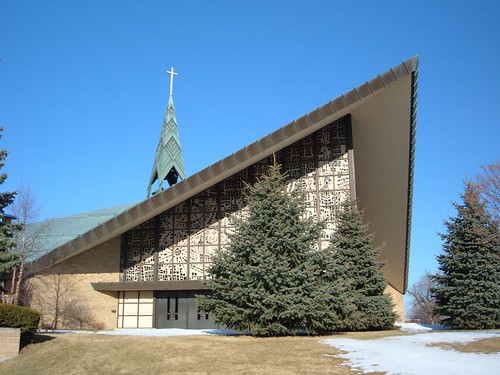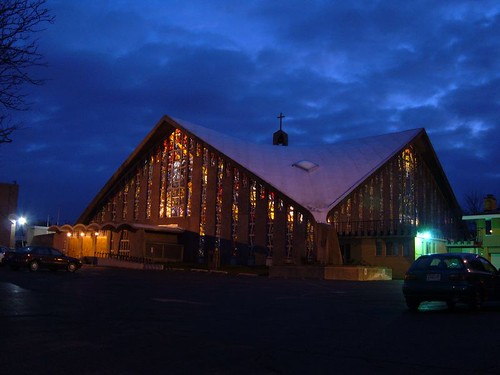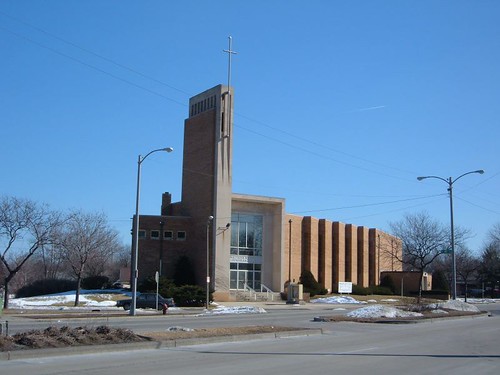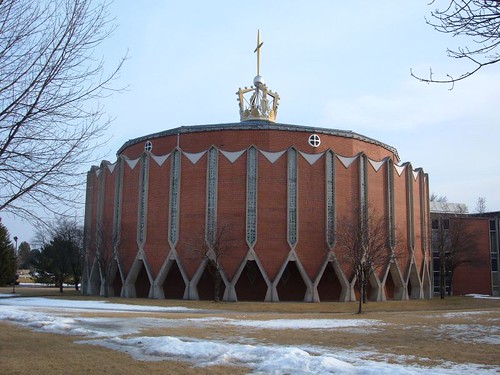Before I started this blog, I made a few posts about Milwaukee on my St. Louis blog. I'm reposting them here where they're more relevant. This one went up on 26 February, 2006.I passed by West Milwaukee today, the industrial-based inner-ring suburb attached to Milwaukee's western flank. The road running south from Miller Park stadium has long been a fascinating vista of towering grain elevators -- almost a hundred of them -- and mighty factories. It was a land of heroic architecture, concrete mountains that stood pure and powerful and enormous in the slanting light of a late afternoon sun.
But, no more.
Last summer, with the 2003 closure of the Froedtert Malt Corporation's West Milwaukee operation and a corn milling plant run by Archer Daniels Midland company a year later, a series of the grain elevators began coming down; this month, most of the remaining ones are coming down, as I discovered this evening. Layers of building have already fallen, revealing a second layer behind them. Generic big box retail will replace them all, as Miller Park Way (still known as 43rd Street elsewhere in the city) evolves into another version of S. 27th Street.
How depressing. One can already surmise what's going to go into this place, how dreadfully dull and boring it's going to look, how placeless and forgettable.
Even if I'd had my camera, the light was already too dim for photographs. I don't know when I'm going to be able to get out there in daylight -- maybe Friday. The old axiom proves true yet again: photograph now, for it'll be gone next time you're there. Only the southernmost stand of Froedtert elevators remain untouched, and I'm sure their time is coming up quickly.
Photographs from January, 2004:
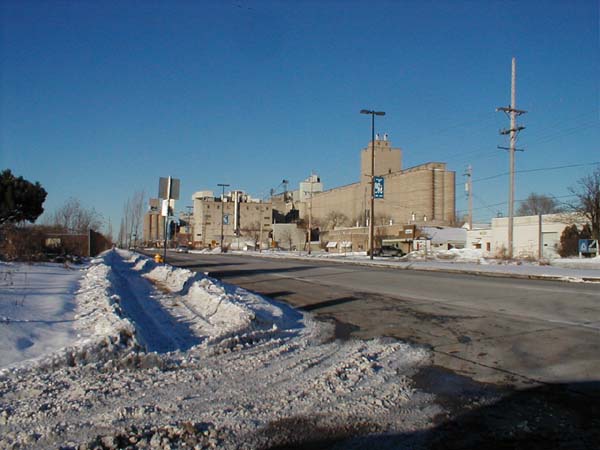



I've always loved the bizarre juxtaposition of the lightweight Italianate office/research building with the massive, purely functional behemoths directly behind it. The office is gone now, reduced to a few chunks of concrete foundation. The elevator won't be far behind.

Photographs from October, 2004:





The old Hotpoint Appliance factory across the street, with its stout smokestack and multiple rail spurs curving into its grounds, is now stripped of facade and in mid-demolition.



Demolition photographs from July 2005:


Up the street, new suburban-style strip malls are sprouting faster than the weeds growing between the railroad ties. The very character of this part of town is transforming before our eyes, a tidal wave shift from industrial to residential and retail. I can't fathom what recyclable use such a gigantic collection of industrial structures might have, but I still feel keen regret at the change: when it's over, I won't really have any reason to stop along this stretch of road again. Everything that made it unique, everything that gave it such a commanding presence, will be gone.
